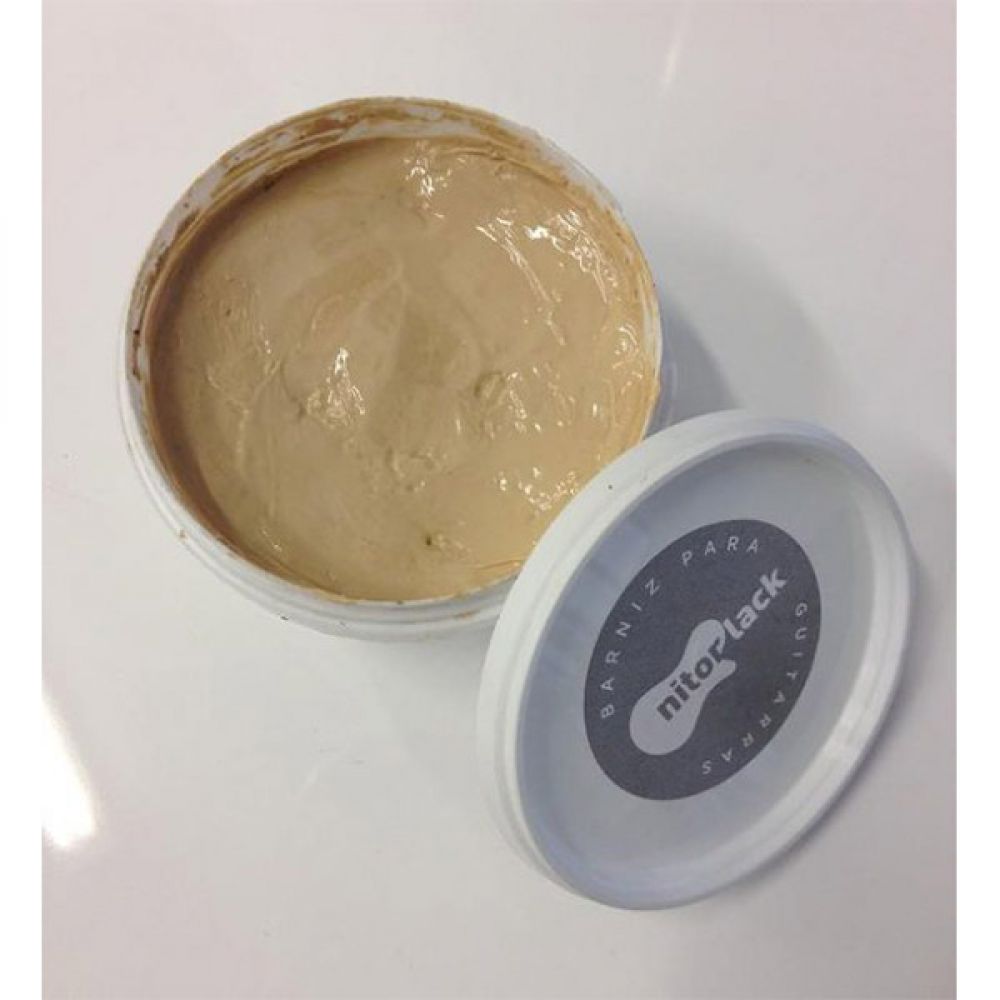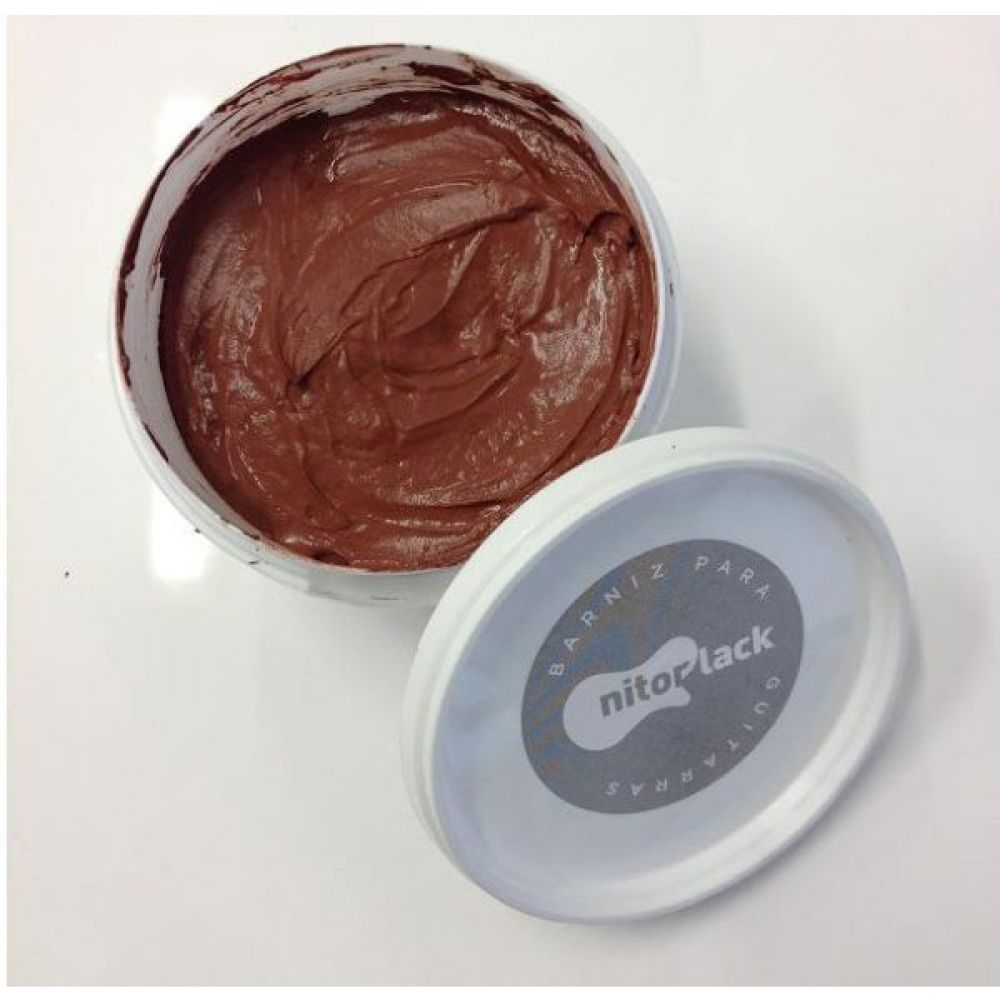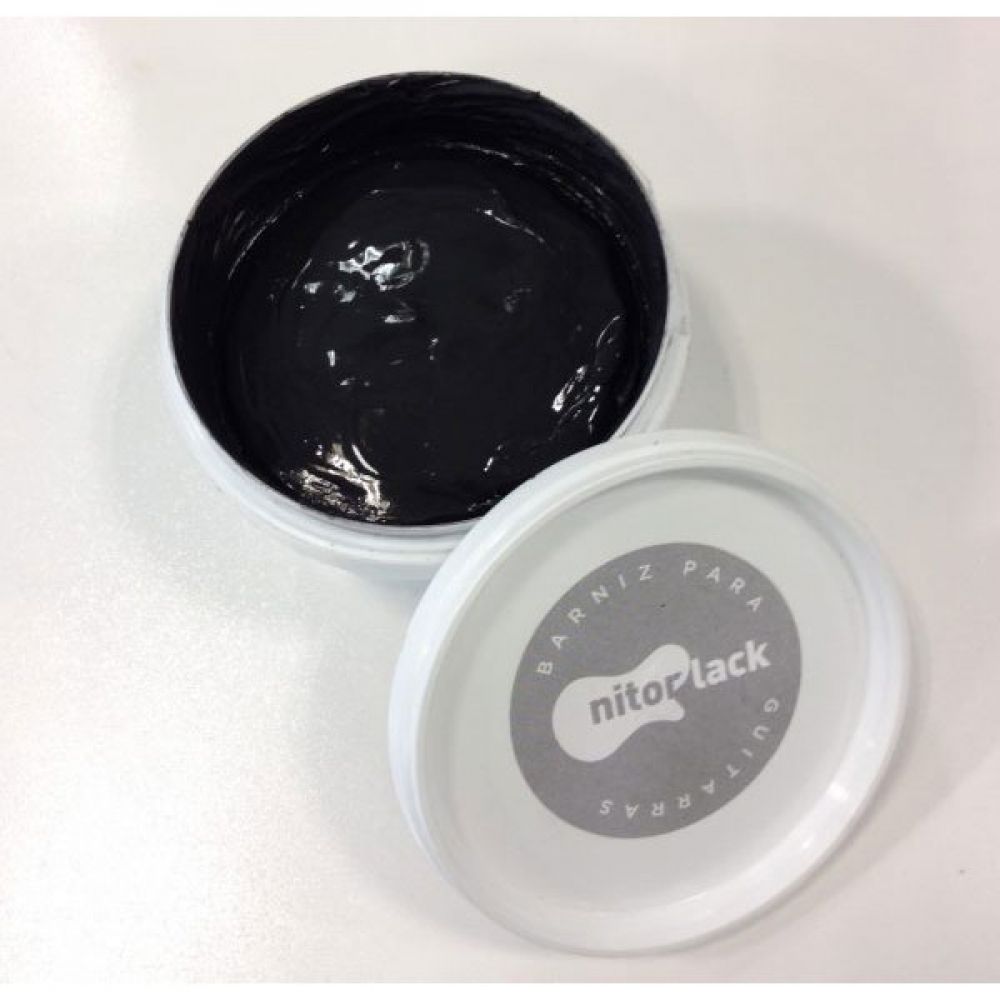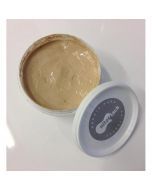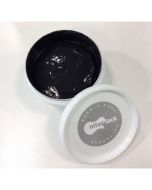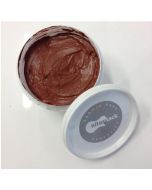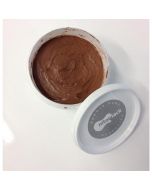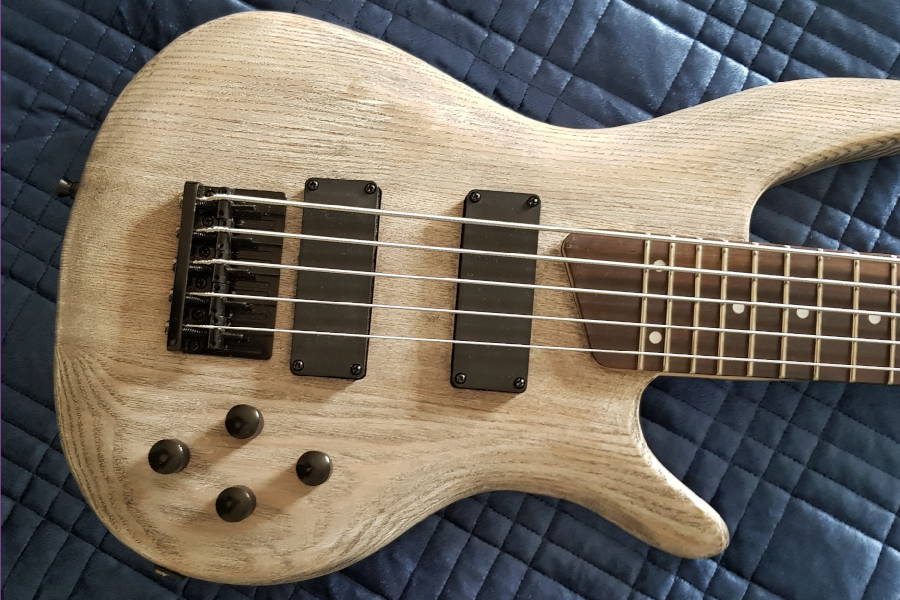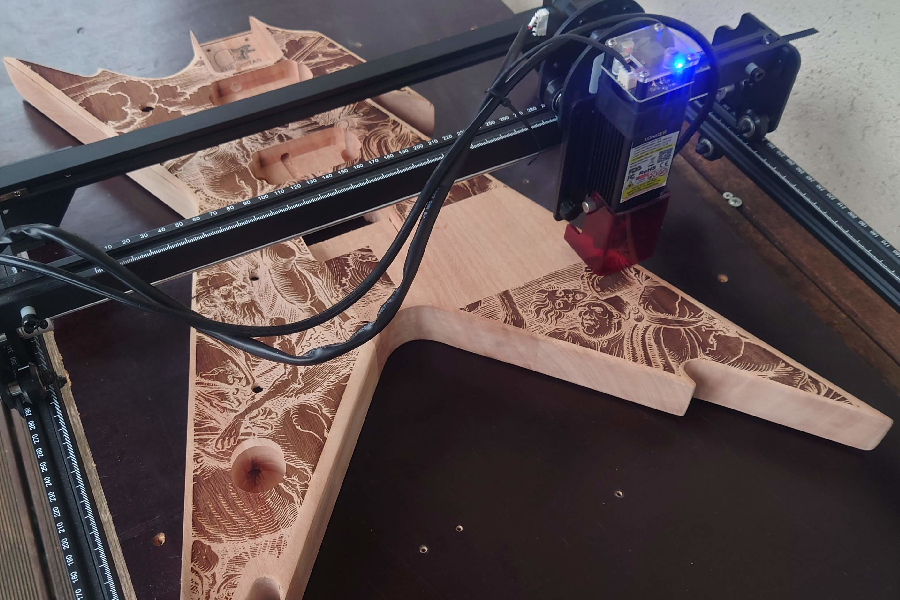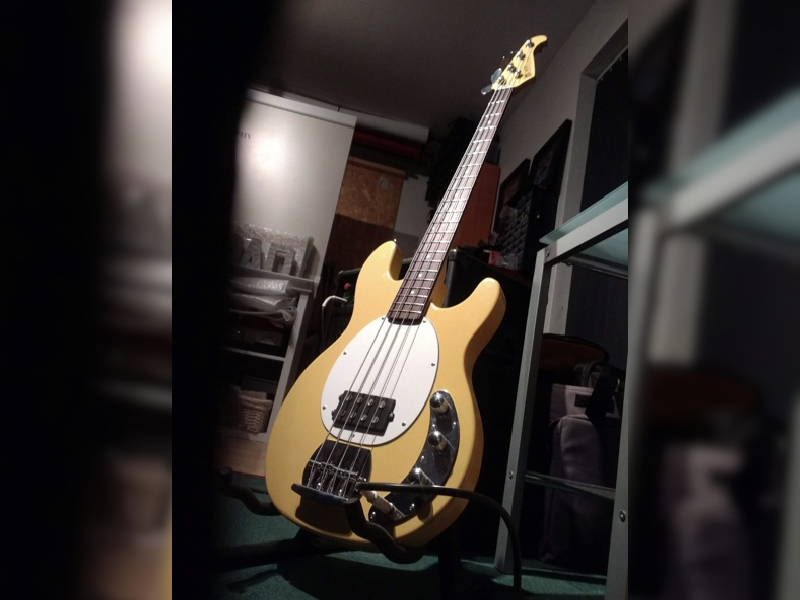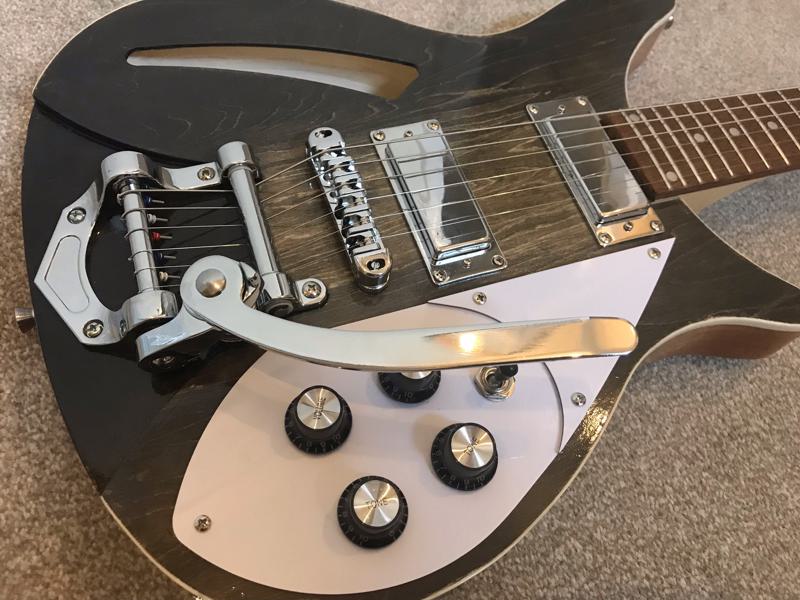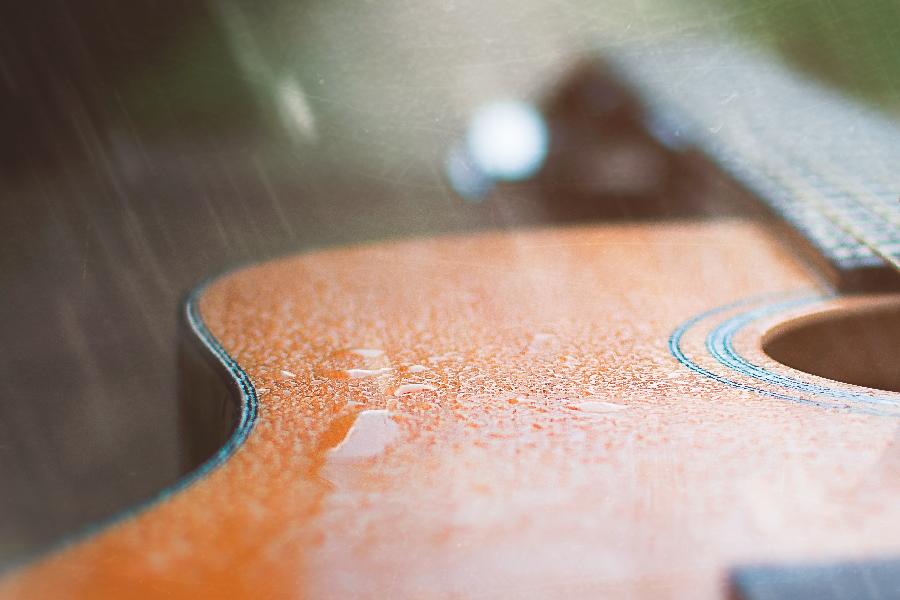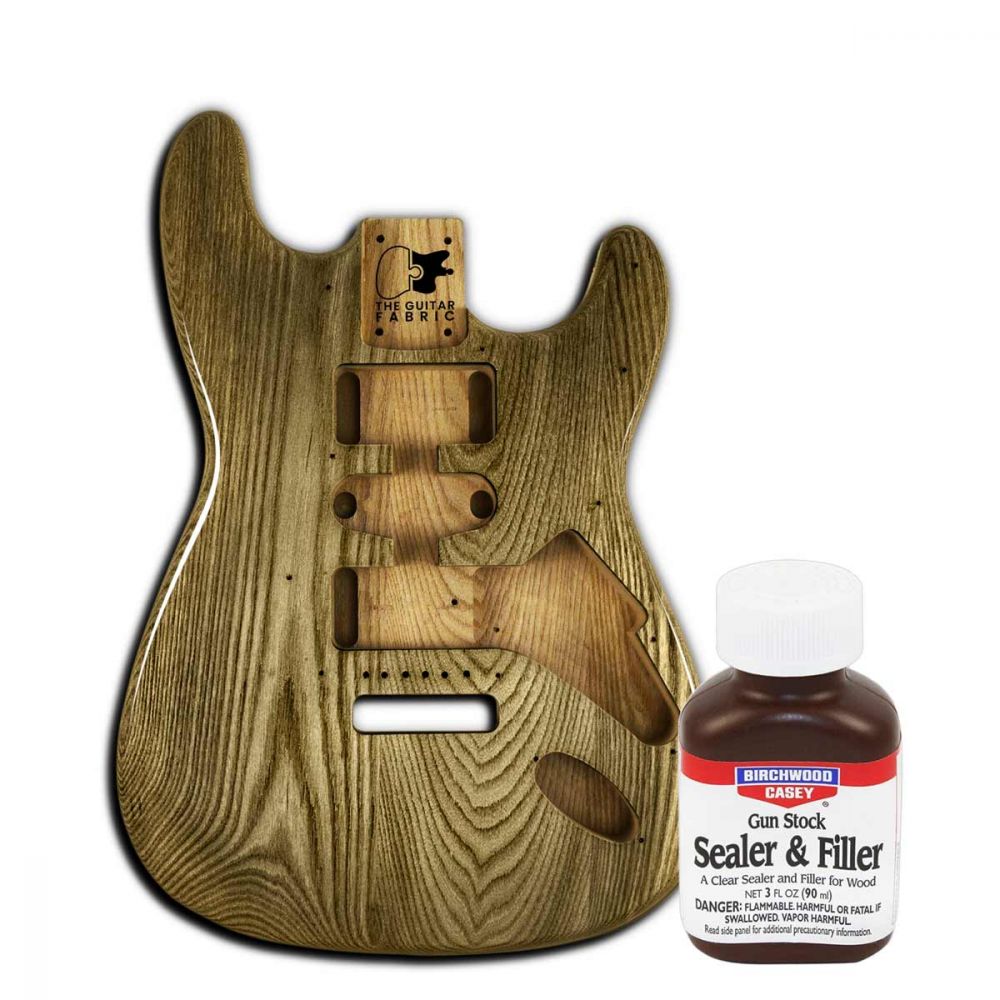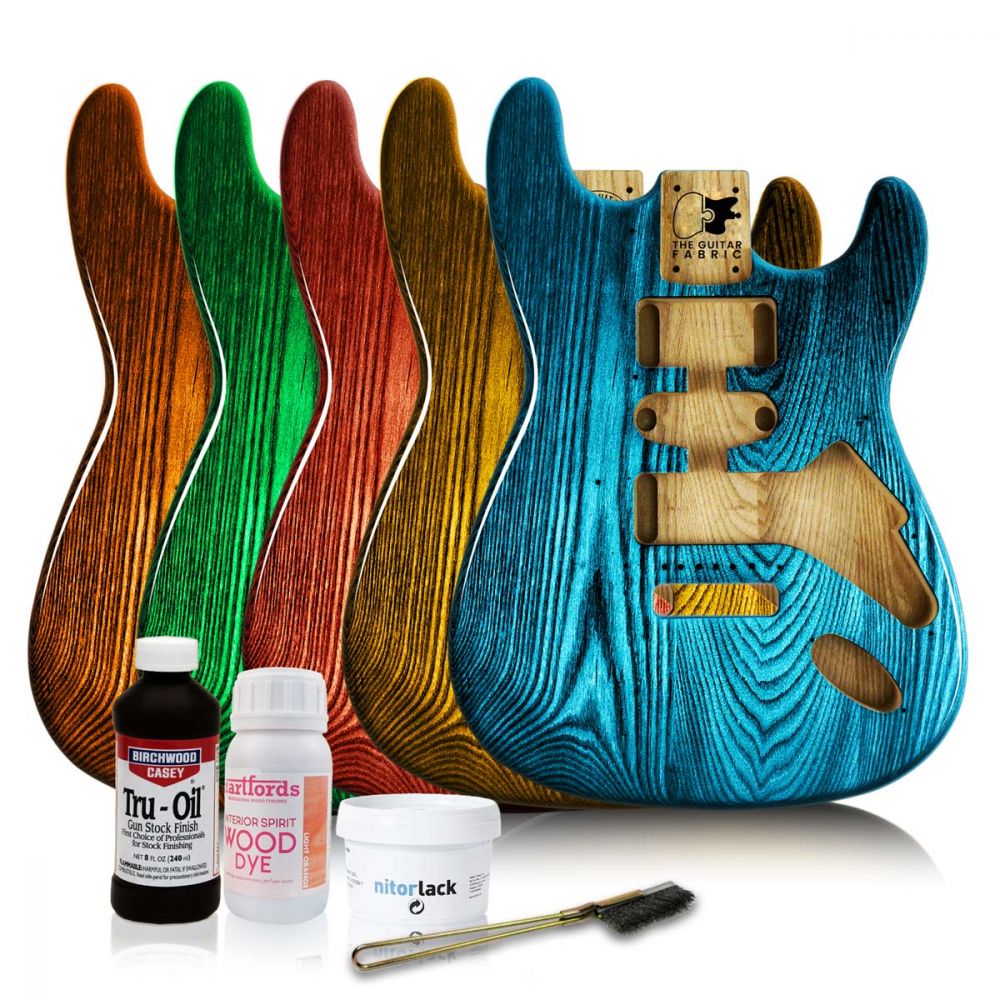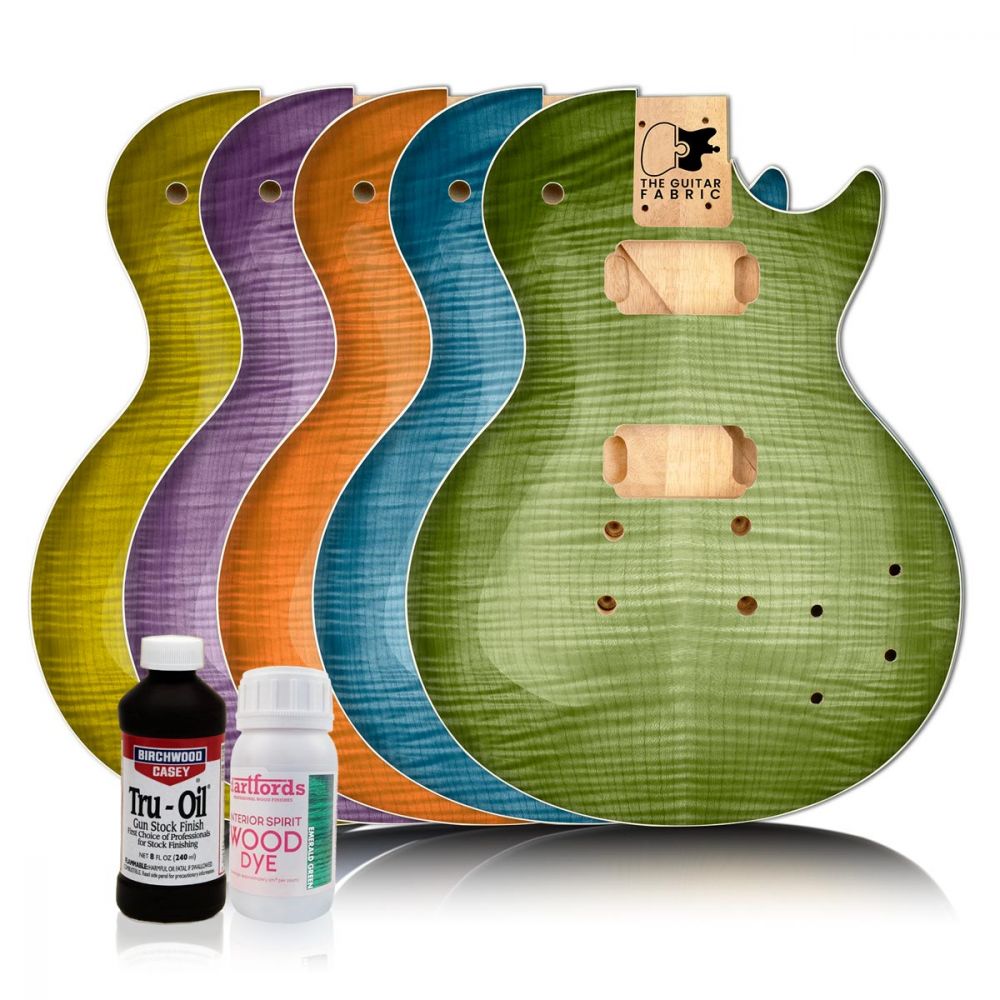APPLY GRAIN FILLER ON A GUITAR BODY
- The Guitar Fabrik
- PAINTING USER GUIDE
- Mar 16, 2025 views
- 361
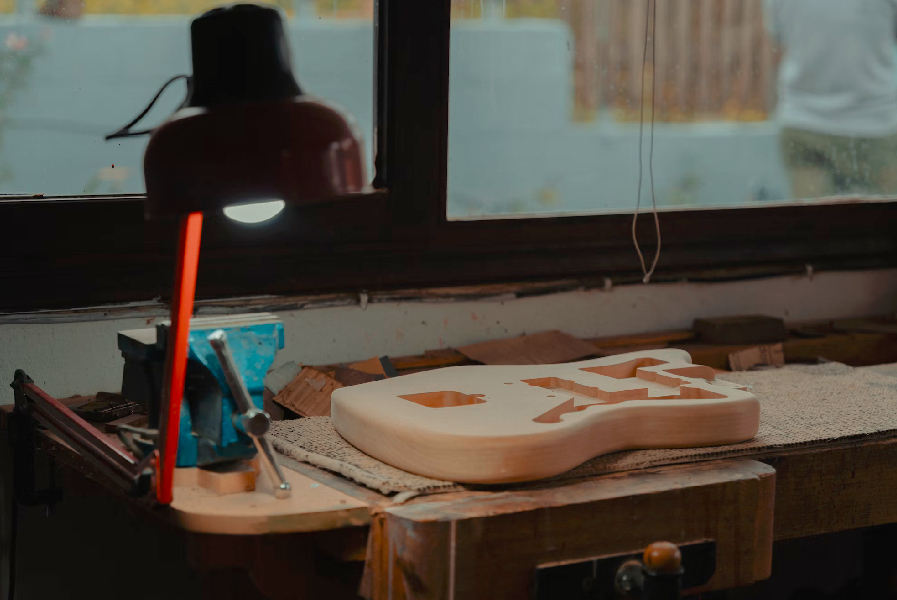
APPLYING GRAIN FILLER
General Information
Wood filler especially important for woods with open pores such as ash and mahogany. The filler will allow you:
• Use less paint or varnish because, without the pore filler, the lacquer will clog instead of the pore filler.
• Smoother and smoother finish without small pinholes
• It can also be used at the same time to pre-color your wood: black stain, mahogany, neutral wood, etc.
• It will allow a better quality finish less expensive.
Apply Wood Filler Before, After, Or Mix With dye: The guitar maker suggests either applying mixer with a wood filler or after the filler. The choice depends mostly on the intensity of shade you are looking for. You have three levers to control the intensity: dilute your dye more or less with white spirit, apply more or less layers of dye; and finally fill the pores to a greater or lesser extent (this having the pores open when tinting, which can be obtained by mixing the pore sealer with the tincture). If you want to mix your stain with the sealer, we recommend that you use a (to stay as close to the color of your stain as possible) with some tincture and white spirit.
The consistency of your final mouth pore - whether or not to mix with tincture - should be a little more runny than melted caramel and a little less than custard.
Preparation
To apply the pore filler we invite you to wear gloves although this is not harmful. We suggest that you mix our mouth pore with a little water. Let's say 10-20% lukewarm water. This will allow for easier application and avoid creating patties that would have to be sanded down painstakingly.
Application
To apply the pore sealer you can either use a cloth or a plastic card. Our preference is to use a cloth for its application and a plastic card to remove the excess while rapping.
Collect the pore sealer with your cloth and rub, pressing firmly in a circular fashion throughout your body (and handle, if you have decided to sublimate and fill the grain of your sleeve). The idea is indeed to fill the pores and you can imagine that you have to push the sealer into the pores, the interstices of the wood.
Surface, wait 2-3min, no more, then scrape off the excess pore sealer from the wood surface with a plastic card provided. The goal is for the mouth to only pore in the interstices and thus maintain a smooth surface. It is preferable to grate perpendicular to the direction of the grain so as not to remove the filler lodged in the interstices of the veining. Then do the other surfaces in the same way. In more difficult-to-scrape areas you can use a clean cloth in place of a plastic card to remove excess sealer. Remember to treat the edges as well. These areas are easy to overlook.
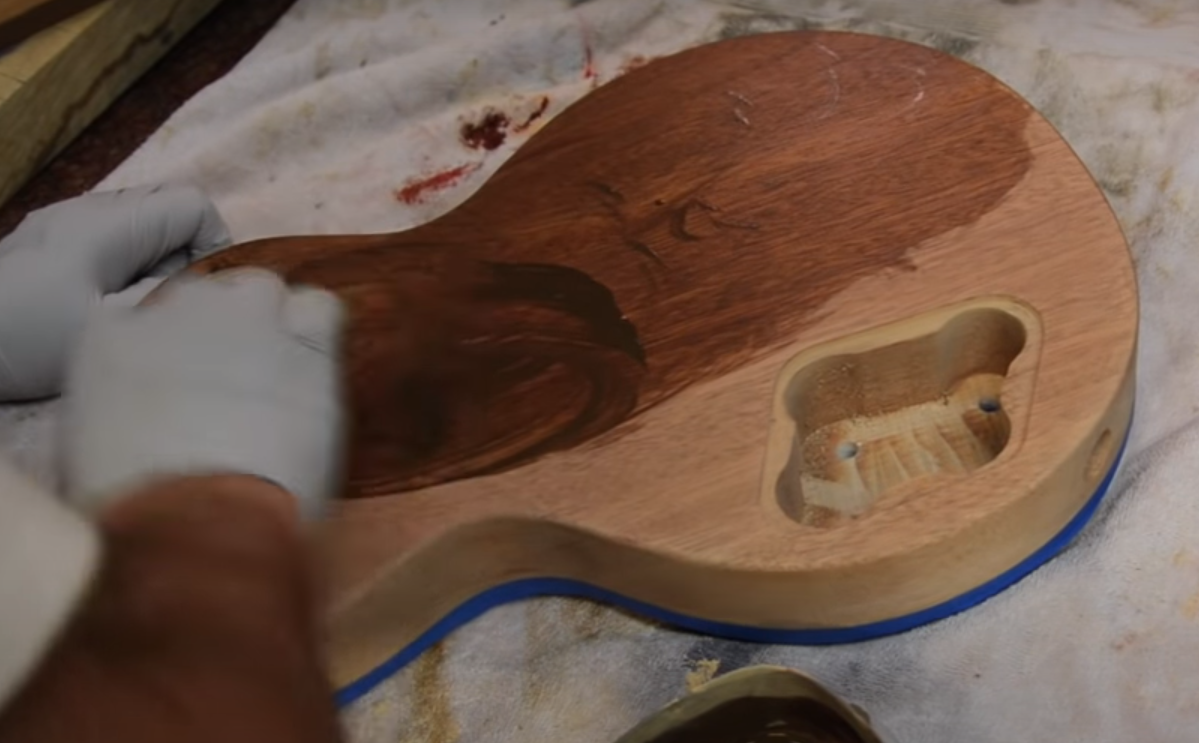
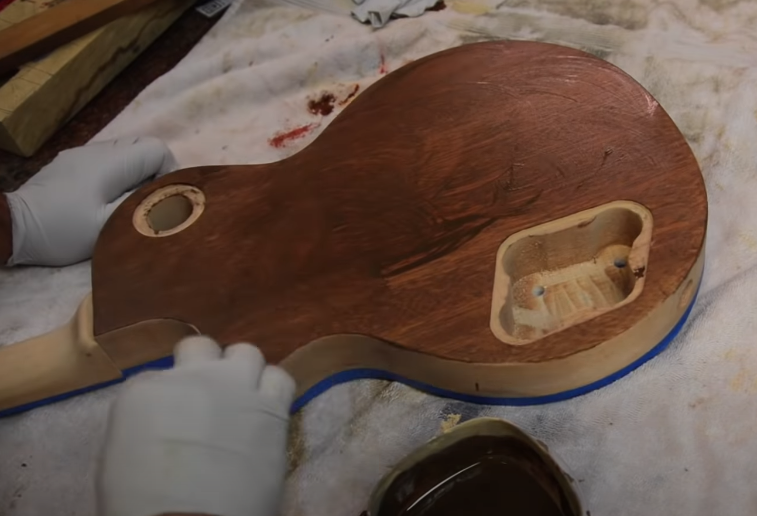
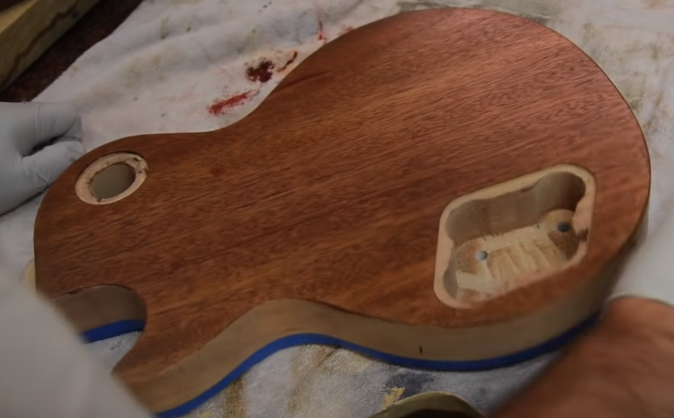
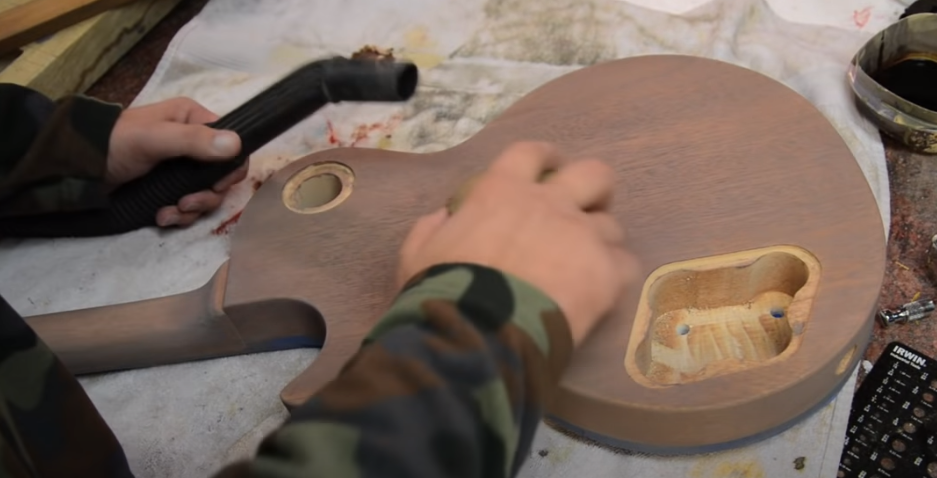
Once all the surfaces are done, let dry for 1 hour then sand with P400 grit sandpaper as defined in the previous section above. Be careful not to sand too much. You don't want to remove the sealer you just applied. Sand the edges carefully as well.
Finally, inspect your work. You can easily see if all of the pores are filled by looking at the surface at an angle, against bright light radiating obliquely toward the surface. If you missed any areas, you can always reapply wood filler.
Manage the bindings: The bindings should have been carefully masked off before you began painting or finishing. Once the rest of the guitar is complete, you can remove the masking and inspect the bindings. If any finish has bled over the edges, use a sharp blade or fine polishing tools to clean them up gently. This final step adds a professional touch, highlighting the clean lines and craftsmanship of your instrument.
Related Products
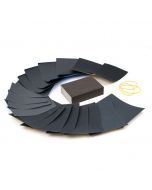
Related Posts
- The Guitar Fabrik
- Jun 27, 2025
- 234views
IBANEZ CUSTOM BASS SHOWCASE
- The Guitar Fabrik
- May 29, 2025
- 351views
B.C. RICH CUSTOM GUITAR SHOWCASE
- The Guitar Fabrik
- May 1, 2025
- 147views
MUSIC MAN CUSTOM BASS SHOWCASE
- The Guitar Fabrik
- Apr 28, 2025
- 594views
 UK
UK FR
FR DE
DE IT
IT ES
ES
